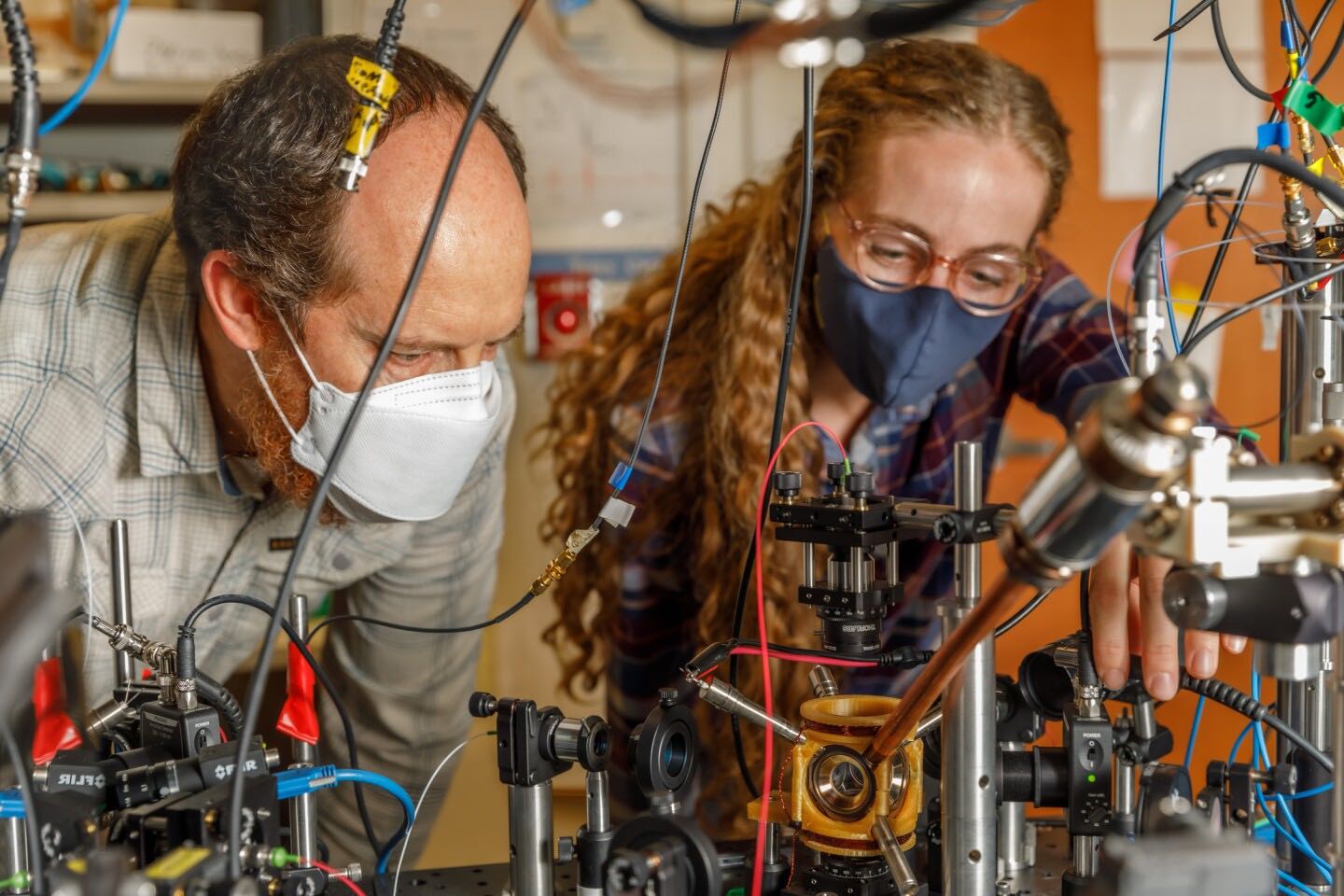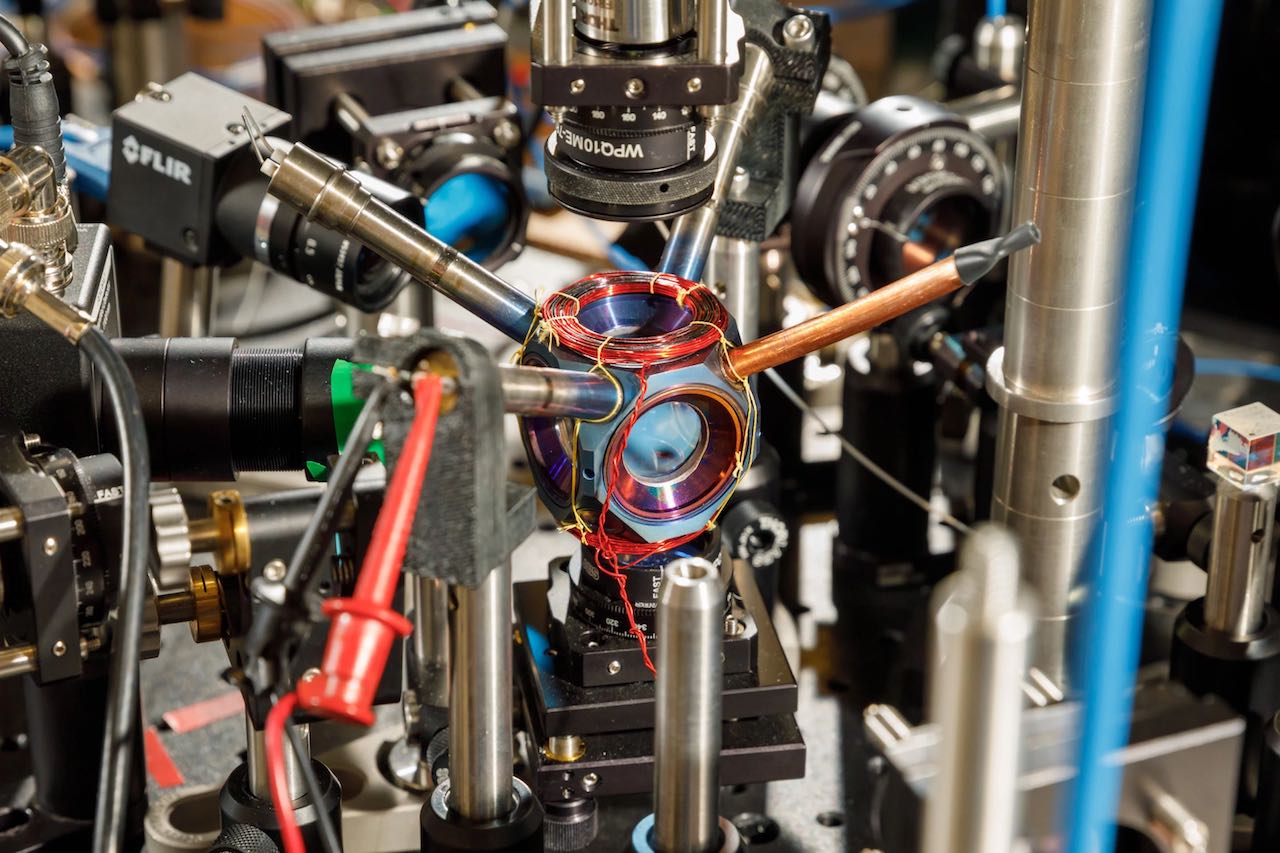The quantum satelliteless navigation system shown in "The Big Bang Theory" is invented in reality

Sandia National Laboratory has developed a vacuum chamber the size of an avocado, made of titanium and sapphire, which could one day use quantum mechanical sensors to provide accurate navigation without the need for satellites.
In just a few decades, GPS has evolved from a military technology to a popular civilian technology solution for a multitude of everyday applications. Modern society relies heavily on these applications using GPS. However, the global positioning system is not always available in places such as high polar latitudes or deep mountain valleys. In addition, GPS signals can be blocked or jammed.

GPS systems are vulnerable because of their dependence on constellations of satellites orbiting the Earth. These satellites emit signals with time stamps that are synchronized with atomic clocks. GPS receivers use the Doppler effect in satellite signals to calculate the receiver's position and speed extremely accurately. If these signals are interrupted or damaged, the system fails.
Alternative is a technology that was originally developed for military missiles during World War II and is commonly used on submarines during submersibles. Called "inertial guidance," it is a fully autonomous system that uses gyroscopes and accelerometers to calculate the position of a navigation device relative to a fixed known position.

The problem is that, like GPS, inertial guidance systems need to be very accurate and have the same level of timing as an atomic clock. This is possible with existing systems that use mechanical gyroscopes or lasers through rubidium gas clouds to measure quantum effects - but they rely on heavy and expensive vacuum systems.
The Sandia team's approach involves making robust quantum sensors that fit into a chamber with a volume of just one cubic centimeter. This chamber is made of titanium and has sapphire windows - materials that are very good at preventing gases such as helium from escaping. A vacuum is maintained inside.

The system is not yet perfected; its weakest point is the length of time the vacuum is maintained. Researchers are now trying to make the device less cumbersome and easier to manufacture.